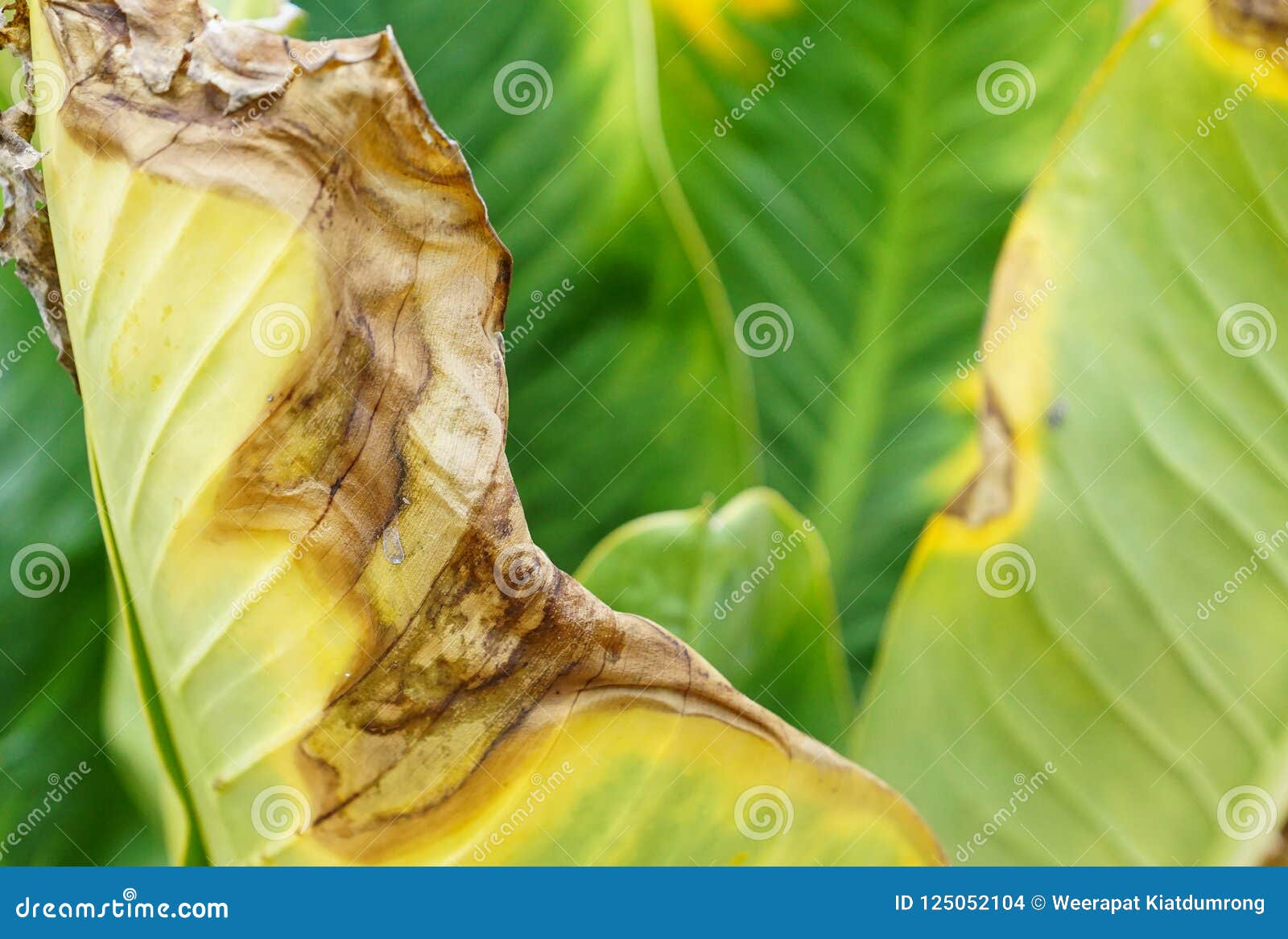

Thus, a SIGS strategy requires a reliable vehicle to break the dsRNA delivery bottleneck for P. In oomycetes, low uptake efficiency of exogenous RNA is the key obstacle in identifying gene function and RNA fungicide application 13, 18, 19. infestans does not readily take up environmental dsRNA 14, 15, possibly due to characteristics of its cell wall 16, 17. Crops can be directly sprayed with dsRNA (spray-induced gene silencing, SIGS) targeting key genes of plant pathogens to induce specific silencing, thus providing an opportunity to realize sustainable eco-friendly disease management 9, 10, 11, 12.Īlthough fungi such as Botrytis cinerea can efficiently absorb dsRNA from the environment 13, P. RNA interference (RNAi) is a conserved regulatory mechanism mediated by double-stranded RNA (dsRNA), which can silence or inhibit the expression of target genes 5, 6, 7, 8. Therefore, alternative green technologies should be developed for reduced toxicity, more target specificity and environmental sustainability. However, the frequent application of synthetic pesticides has raised environmental, health and safety concerns 3, 4. Potato production relies almost exclusively on chemical measures to control late blight. A large outbreak of late blight occurred in 2012, and the total infected area peaked at 2.65 million ha. Taking China as an example, according to the official statistics from the Ministry of Agriculture and Rural Affairs of the People’s Republic of China, the occurrence of potato late blight affects up to 50.91% of the total cultivated area, and the annual yield loss accounts for between 12.56 and 583.10 kilotons. It triggered the Irish Famine in the mid-19th century and still causes economic losses in excess of $6 billion annually 1, 2. Late blight, caused by the oomycete Phytophthora infestans, is the most economically important potato disease worldwide. This work proposes an eco-friendly strategy to manage devastating plant diseases and pests. The multicomponent nano-bioprotectant exhibits superior control efficacy compared to a commercial synthetic pesticide in field conditions. Co-delivery of dsRNA and an elicitor provides a protective effect via the two aspects of pathogen inhibition and elevated plant defense mechanisms. Additionally, the nano-enabled elicitor enhances endocytosis and amplifies the systemic defense response of the plants. The protective effect of nano-enabled dsRNA against infection arises from a synergistic mechanism that bolsters the stability of dsRNA and optimizes its effective intracellular delivery. infestans and extends the RNAi protective window. Nanotechnology overcomes the dsRNA delivery bottleneck for P. Here, a self-assembled multicomponent nano-bioprotectant for potato late blight management is designed based on dsRNA and a plant elicitor.

infestans, which is a key obstacle in using dsRNA for disease control. Unlike other plant pathogens, double-stranded RNA (dsRNA) is poorly taken up by P.

Potato late blight caused by Phytophthora infestans is a devastating disease worldwide.


 0 kommentar(er)
0 kommentar(er)
